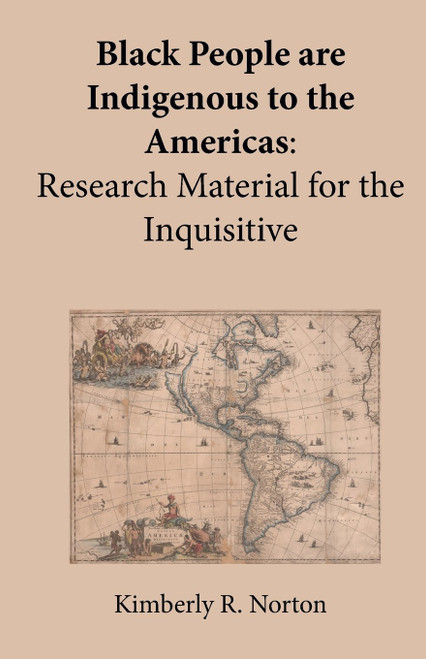Material Culture and People's Art Among the Norwegians in America represents no one single approach to the study of objects as indicators of culture. It is a collection of essays by scholars writing from various points of view on the material things made or chosen by Norwegian Americans for use or veneration. All the authors find in these things a reflection of cultural origins, something obvious but often very subtle. The volume thus is a step toward defining the distinctive Norwegian contribution to American material culture in areas where immigrants from Norway settled.
By tracing their remarkable record in collecting and preservation, the first essay emphasizes the psychological significance to Norwegian Americans of even the most humble objects from the past. The following two essays reveal how in rural immigrant architecture both the placement of buildings and their internal divisions reflect traditional Norwegian concepts even when these are concealed beneath an appearance of conformity to American practice.
An article on immigrant dress and one on a small silver accessory for carrying smelling salts or perfume indicate that the distinctive Norwegian rural costume gave way almost immediately in America to fashionable dress. The greatest carryover is in such accessories as scarves, shawls, and traditional jewelry. Even the small silver container, called vinaigrette, continued to be preserved but more as an heirloom than as an item of dress.
The two concluding essays, one on an essentially self-taught regional painter and the other on altarpieces by non-professional artist-craftsmen, reveal the persistence of artistic expression among the common people, the basis of Norway's distinctive folk-art tradition. Such expression among the immigrants moves in the direction of the fine arts in areas where trained artists were not yet available and takes the form of furnishing for the church, decoration in public buildings, portraiture, and canvasses to embellish fashionable homes. Along with continuity there is also assimilation and change, a development revealed in all the essays. The volume does not deal with the conscious reversal of this development that occurred with the revival of ethnic crafts and that characterizes the material culture and people's art of Norwegian Americans after World War II.
Material Culture and People's Art Among the Norwegians in America
$29.31 - $35.51
- UPC:
- 9780877320821
- Maximum Purchase:
- 3 units
- Binding:
- Hardcover
- Publication Date:
- 1994-08-01
- Author:
- Norwegian-American Historical Association
- Language:
- english
- Edition:
- 1St Edition










